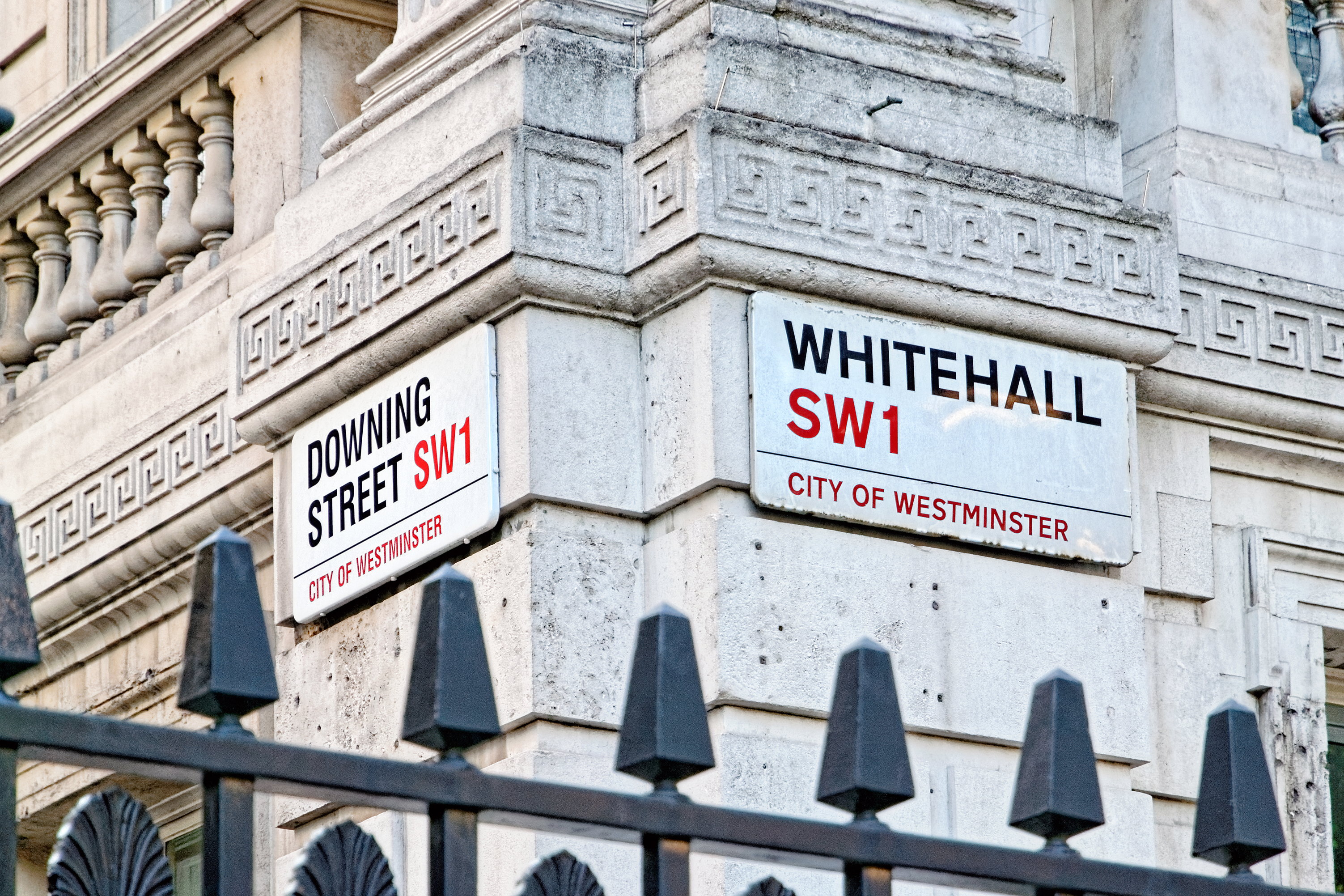What are rainforests?
Rainforests are evergreen woodlands, characterised by heavy precipitation averaging around 100 inches per year and a continuous canopy of leaves. They are the most biologically diverse regions on the planet, and although today they cover only about 6 per cent of the earth’s surface they are believed to be the sole habitats of more than half of all , many of which are .
Rainforests are principally tropical. The planet’s largest areas of tropical forest are the Amazon basin in South America, the Congo Basin in Central Africa, and Southeast Asia There are also rainforests in temperate regions, including Chile and Alaska.
Sometimes referred to as “the green lungs of the planet”, the plays a key role in the carbon cycle, which maintains life on earth. They absorb large amounts of and produce oxygen, thus combating the Greenhouse Effect. The Amazonian of South America, for example, alone produces 20 per cent of the world’s oxygen. They are considered vital in the battle against and .
Furthermore, alongside the intrinsic value many ascribe to the of the rainforests, they are the largest single source of materials for pharmaceutical developments. An estimated 25-40 per cent of all pharmaceutical products are based on flora and fauna found only in the rainforests.


As the world’s oldest undisturbed , moreover, they are invaluable to biologists and natural historians. The rainforests of Southeast Asia are understood to have existed in more or less their present form for 70 to 100 million years.
However, recent years have seen the size of the rainforests dramatically reduced by human activity. Many scientists argue that current rates of will see nearly all tropical rainforests destroyed by 2030-2050.
In 2021, it was suggested that an area of forest the size of 27 football pitches is lost every minute.
- Most of the tropical deforestation occurring today can be traced to just four globally traded commodities: beef, soybeans, palm oil, and wood products.

Background
and the degradation of woodlands have accompanied the rise of human civilisation from the beginning. Eight thousand years ago, 40 per cent of the earth’s was covered by , but as the human population rose and agriculture developed, the most fertile was cleared and turned over to other uses. In pre-Christian times, the native forests of the Middle East and the eastern Mediterranean vanished as a result of human activity.
The advance of civilisation increased demand for wood as a fuel (a requirement accelerated by the industrial revolution) and for fertile for agriculture. Improved communications and transport permitted this trend to be exported worldwide. The first clearing of rainforests took place in coastal Brazil and the Caribbean some 500 years ago, to make way for European sugar plantations.
However, has accelerated to much faster levels in the 20th Century, and particularly since 1960. The causes are modern versions of their historical antecedents; commercial logging and the clearing of to create grazing for livestock. While large-scale business is a major cause, experts warn that, in Africa in particular, the collection of firewood by rural populations is also a cause of slow but steady degradation.
It is estimated that the Philippines lost 55 per cent of its between 1960 and 1985, and that Thailand lost 45 per cent between 1961 and 1985. Rainforests in India, Bangladesh, Sri Lanka and Haiti have already been completely destroyed.
It was not until the late 1970s that was widely recognised as an environmental issue of global importance, and saving the rainforests became one of the principal rallying calls of the newly emerging green lobby in the 1980s.
In 1992, amidst much division between developed and developing countries, the UN reached the first global consensus on forests. The major outcome of negotiations was the “Non-Legally Binding Authoritative Statement of Principles for a Global Consensus on the Management, Conservation and Sustainable Development of all Types of Forests” (the “ Principles”). This was supplemented in the same year by Chapter 11 of Agenda 21 – the programme for sustainable development agreed at the Rio “Earth Summit”, dealing with combating .
Since then progress has been swift. Between 1995-2000, both the Intergovernmental Panel on Forests (IPF), and the Forum on Forests (IFF) were established under the auspices of the UN Commission on Sustainable Development, entrusted to promote the management, conservation and sustainable development of ecosystems.
The United Nations Forum on Forests (UNFF) was set up in 2000 as part of a new international arrangement on forests, to carry on the work building on the IPF and IFF processes and a non-legally binding instrument on all types of forests was adopted on 28th April 2007.
The UN-REDD programme launched in 2008 is a United Nations collaborative initiative to Reduce Emissions from and (REDD). The initiative aims to create a financial value for the carbon stored in forests, thereby incentivising developing countries to reduce emissions from forested lands and invest in low-carbon paths to sustainable development.
The REDD+ Partnership was launched in May 2010 by some 50 countries attending the Oslo and Conference. REDD+ provides a global platform to co-ordinate and implement more speedily the various international initiatives aimed at reducing emission from and . Pledges of around $4 billion USD were made to support the measures for the period 2010-2012.
As the 2010s developed, widely accessible satellite imagery platforms like Google Earth brought new levels of accountability. This has meant that ignorance can no longer be used as an excuse for not addressing the destruction of tropical forests.
However during the last decade, gains from new have been offset by a trend toward protected area downgrading, downsizing and degazettement (PADDD), particularly in Brazil and Indonesia.
Campaigns which stressed the environmental benefits of healthy and productive natural forests have come up against difficulties in implementation, and a market demand for food, fiber and fuel. By the end of the 2010s, rates were continuing to rise, and concerns were expressed about the commitment of a number of governments in certain key tropical countries to restrain . The decade ended with an increasing number of cases of fires.
According to the United Nations, in 2015, global fell below four billion hectares (10 billion acres) for the first time in modern human history
Deforestation, climate change, and COP26
- Trees are said to be one of the world’s greatest defences against a warming world. They absorb around one third of global CO2 emitted each year.
- The trees of tropical forests, like all green plants, take up carbon dioxide from the atmosphere and release oxygen during photosynthesis. They also carry out the opposite process, known as respiration.
- When forests are growing, photosynthesis exceeds respiration, and the surplus carbon is stored in tree trunks and roots and in the soil. This is called “sequestration.”
- When forests are cut down, much of that stored carbon is released into the atmosphere again as CO2. This is how deforestation and forest degradation contribute to global warming. If too many trees are cut down, scientists are worried that the planet will reach a tipping point that will set off abrupt and unpredictable climatic change.
- The broad consensus among climate scientists is that CO2 from tropical deforestation now makes up less than 10 percent of global warming pollution. This percentage has gone down in recent decades, in part due to success in reducing deforestation, but also because greenhouse gases from burning fossil fuels—itself the principle cause of climate change – have continued to increase.
In November 2021, over 100 global leaders meeting at the COP26 climate summit in Glasgow promised to end and reverse deforestation by 2030. The agreement involved both more countries and more money than previous agreements.
The pledge stated, “We therefore commit to working collectively to halt and reverse forest loss and land degradation by 2030 while delivering sustainable development and promoting an inclusive rural transformation’
Also at the Glasgow summit, governments of 28 countries agreed to remove deforestation from the global trade of food and other agricultural products such as palm oil, soya and cocoa. It is often remarked how these agricultural industries incentivise forest loss as trees are cut down to make space for crops to grow.
Although most commentators welcomed the renewed political commitment at COP26 from so many countries to end deforestation, it was pointed out that a similar declaration in New York in 2014 had failed to slow deforestation at all. It should be noted that neither Brazil, Russia or China participated in original the 2014 agreement.
Although there are no enforcement mechanisms in the agreement, the COP26 pledge has also been portrayed as being different to what went before, because it contains the finance to ‘back it up’.
- Asked whether leaders like Brazil’s Mr Bolsonaro could now be trusted to abide by the COP26 pledge, the UK’s Environment Secretary George Eustice said “we should be really positive when countries engage”.
- Others sugested that the target date of 2030 was disappointing in light of a ‘climate emergency’.
Controversies
The scientific evidence for the role played by the rainforests in supporting life on earth is hardly contested.
It is well-established that destroys and indigenous cultures, leads to desertification and degradation (as cleared rapidly loses its former fertility) and contributes towards the Greenhouse Effect by reducing the planet’s capacity to recycle .
As such, the controversy surrounding is largely a question of economics and politics. The vast bulk of the world’s rainforests are in developing countries, many of which also have weak political and social institutions. Timber and are valuable resources that, some countries and their supporters contend, cannot simply be ignored. The global growth of the and soy industries pose a particular threat in this regard.
Much of the pressure for conservation, conversely, comes from the developed world, to which the economic issue is less directly significant than the environmental and cultural issues. The location of the rainforests has thus turned the debate about their preservation into a rich-poor question.
Furthermore, some national governments persist in flouting internationally agreed quotas on depletion. The Brazilian government has been particularly criticised by environmental organisations, such as the Worldwide Fund for Nature, for encouraging or turning a blind eye to logging and clearances, while publicly committing itself to increasing the size of . At the same time, a number of Brazilian regional administrations have actively reduced the size of their national parks.
The developed world, however, is not blameless in this regard. Recent surveys have shown that many European countries do little to stop the importation of illegal timber from the rainforests, and the protected forests of Russia and Eastern Europe (indeed, the WWF claims that as much as 50 per cent of logging in Asian Russia is illegal). The UK has arrangements in place to monitor timber sourcing in public procurement. It also has a partnership agreement with Indonesia to combat .
also poses a threat to . The World Bank has widely disseminated a rough estimate that 60 million of the 350 million people living inside or close to dense forests, and largely dependent on forests for subsistence and income, are .
Statistics
Natural tropical forests are home to at least 70% of the world’s -based plants and animals, sheltering more than 13 million distinct . causes up to 20% of all human – more than all of the world’s transport. [Source: RSPB – 2012]
Forests still cover about 30 percent of the world’s area, but they are disappearing at an alarming rate. Between 1990 and 2016, the world lost 502,000 square miles (1.3 million square kilometers) of -an area larger than South Africa. [Source – The World Bank]
Annual gross emissions from in tropical countries averaged 4.8 gigatons per year between 2015 and 2017. Put another way, tropical is now causing more emissions every year than 85 million cars would over their entire lifetime. [Source – World Resources Institute]
If was a country it would rank third behind China and the United States in terms of green C02 Emissions. [Source: Seymour and Busch, 2016]
“Through the newly launched Mobilising Finance for Forests Programme, the government will invest £150 million for businesses and investors who support and deliver sustainable land-use projects and protect rainforest regions like the Amazon and Indonesian basins in communities vulnerable to climate change. This is also expected to attract as much as £850 million private investment, support thousands of green jobs across multiple sectors, such as agriculture, food, and technology in these regions”. – Gov.uk, 2021.
Between 2001-18, Brazil lost almost 55 million hectares of tree cover at a rate of 5.7 soccer fields per minute. More than 84 percent of this loss occurred in the biomes of Amazon (33 Mha of – an area bigger than Norway), while the Cerrado, at half the size of the Amazon, lost 13 million hectares. In the Atlantic , a biome where only 12 percent of the original remains, over 5 million hectares were lost over the same period. [Source – New York Declaration on Forests, Progress on Protecting and Restoring Forests: A Story of Large Commitments yet Limited Progress, September 2019].
Quotes
- “Today, at COP26, leaders have signed a landmark agreement to protect and restore the earth’s forests. These great teeming ecosystems – these cathedrals of nature – are the lungs of our planet. Forests support communities, livelihoods and food supply, and absorb the carbon we pump into the atmosphere. They are essential to our very survival.With today’s unprecedented pledges, we will have a chance to end humanity’s long history as nature’s conqueror, and instead become its custodian” – Boris Johnson speaking at COP26.
“We believe that the best way to keep forests standing is by ensuring that it is profitable for businesses and communities to do so.” – Alliance – 2012
“ in the Brazilian Amazon is the result of many different actions, including agricultural expansion (mainly for beef production), but also , mining, speculation, urban development, and more. Because of complex factors- including international trade, financing, and policy decisions by the new government that have crippled environmental enforcement agencies- in the region has surged” – Alliance, 2019
“The UK Government endorses the New York Declaration on Forests, which aims to end natural by 2030, and is a member of the Alliance 2020. Alongside Germany and Norway, we have pledged $5 billion to support countries that are reducing emissions from and . Through International Finance, Defra has committed £210m in projects and programmes that aim to protect the world’s most biodiverse forests, for example in Brazil, Sri Lanka, Zambia and Madagascar”- David Rutley, UK Parliamentary Under-Secretary (Department for Environment, Food and Rural Affairs), 2018.










